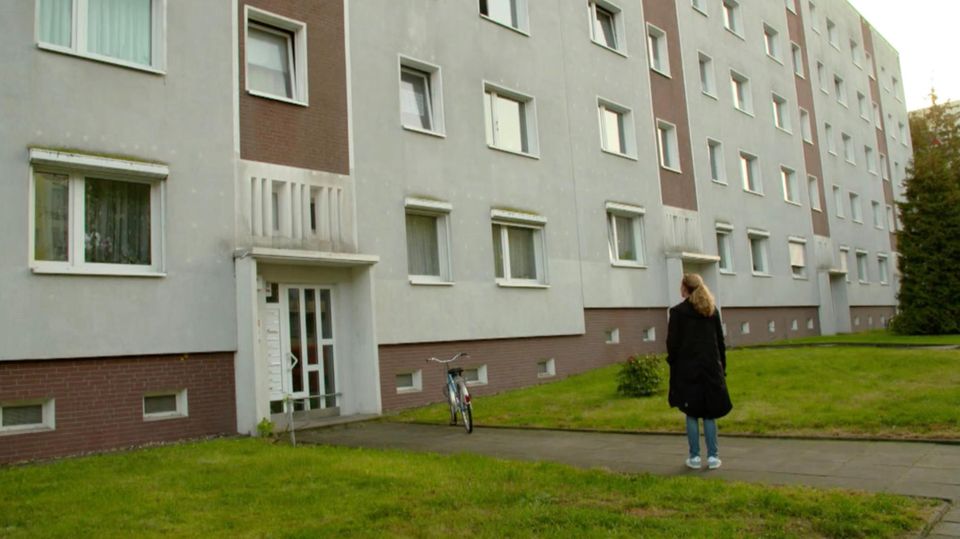It will soon be 33 years since the reunification of the two German states. But unity has still not been achieved, as the new report “On the Status of German Unity” shows.
33 years after German unification, the federal government sees great progress in the country’s integration, but also sees a need for further action. “Structural differences between East and West Germany have been reduced, and in some cases they have disappeared,” says the report on the status of German unity published on Wednesday. “Nevertheless, many East and West Germans assess the country’s situation differently.” Breaks and conflicts would keep the government and citizens busy for a long time.
The regularly presented report is an inventory with numerous statistics not only on economic power or wages, but also on living conditions. All important points have come a long way since the unification of the former Federal Republic of Germany with the GDR on October 3, 1990.
This includes, for example, life expectancy, which in 1990 was two to three years lower in the East than in the West. For women, the difference has hardly been visible since the 2000s, according to the report presented by Eastern Commissioner Carsten Schneider. However, there remains a gap for men. Life expectancy also fell more sharply in the East during the Corona pandemic than in the West, so that differences have partly grown again.
Economic power distinguishes East and West
Despite equalization, there remains a gap in economic power and wages. The gross domestic product per capita in eastern Germany in 2022 was 79 percent of the value in the west. The average annual gross wage in the East in 2022 was 34,841 euros, around 86 percent of the West level.
August 13, 1961
GDR builds the “anti-fascist protective wall” – a country walls itself in
It is critically noted that the proportion of East German managers is increasing, but remains well below the East German population share of around 20 percent. However, the proportion of first-year students in the respective school year, for example, has largely equalized.
In addition to the usual East-West comparison, Schneider also wanted to highlight common trends this time – such as the urban-rural divide in both parts of the country. The challenges and needs in rural areas in the East are often closer to rural areas in the West than to large cities in the East, the report notes. This also has an impact on the fact that the East traditionally has fewer urban centers and has a lower population density in rural regions than the West.
Report on the status of reunification
However, it is also a fact “that a higher proportion of people in rural regions in East Germany live in an environment that is characterized by a stagnating or shrinking population, by different family structures and by a lower level of facilities and services of general interest,” notes the Report to. Many challenges across Germany, also in connection with digitalization or accessible health care, therefore appeared “in parts of East Germany as if in a magnifying glass.”

In 2022, the proportion of people with a migration history in East Germany was in the single digits in all federal states (except Berlin), well below the national average of a good 24 percent. The report also points to a significantly higher prevalence of anti-immigrant attitudes in the East, according to surveys, as well as higher numbers of cases of right-wing, racist and anti-Semitic violence there.
Source: Stern
I have been working in the news industry for over 6 years, first as a reporter and now as an editor. I have covered politics extensively, and my work has appeared in major newspapers and online news outlets around the world. In addition to my writing, I also contribute regularly to 24 Hours World.




